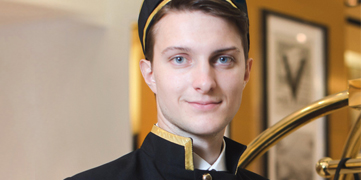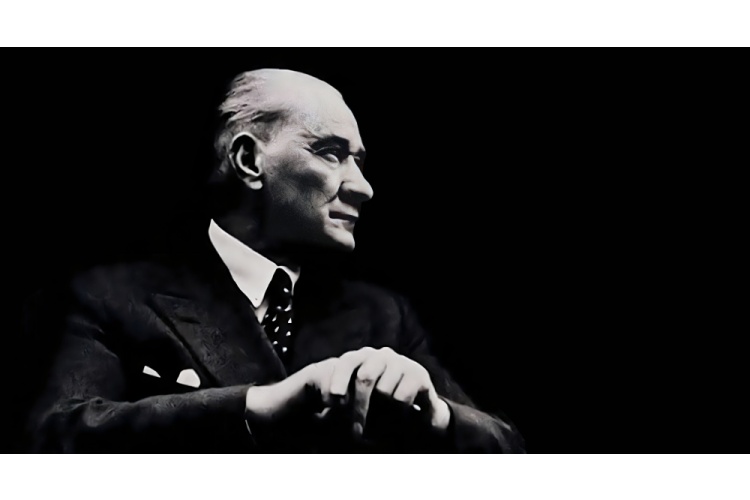A Holiday Where Excitement Meets Entertainment: The Interesting History of Halloween
With the end of summer, warm shades of brown begin to dominate nature. One of the most eagerly awaited times of autumn is Halloween, celebrated annually on October 31st. This holiday with its pagan roots, is still kept alive in various cultures today with various traditions. This day, especially when children go door-to-door collecting candy and adults compete to wear their most creative costumes, offers an atmosphere full of entertainment and excitement. How about learning the interesting history of Halloween, celebrated around the world with costumes, candy and horror movies? If your answer is “yes,” then let’s take a closer look at its origins.
A Dark Beginning: The Pagan Roots of Halloween
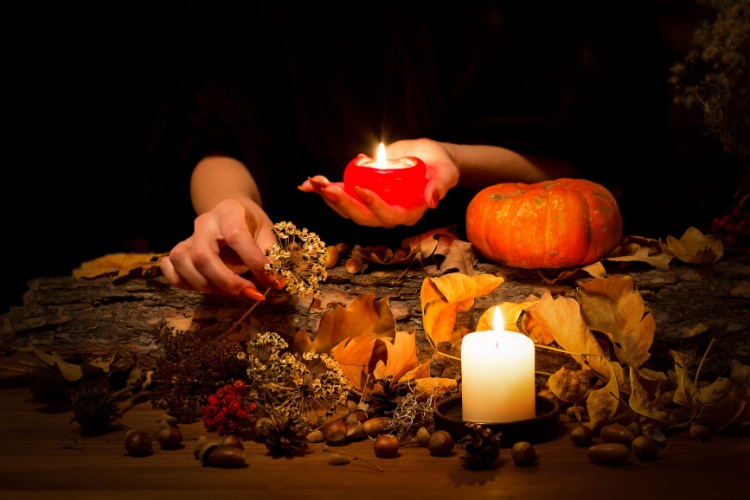
The origins of Halloween, which we see as a joyful celebration, date back approximately 2,000 years to the Celts living in Britain and Ireland. The tradition is rooted in the Celtic Pagan faith and particularly the festival of Samhain. Samhain, meaning “end of summer” in the Gaelic language, was celebrated annually between the night of October 31st and the morning of November 1st.
The Celts believed that the boundary between life and death dissolved during this period. It was believed that the spirits of the dead returned to the world and reunited with the living. Samhain was filled with rituals intended to both honor the spirits of ancestors and ward off evil spirits. Large fires were lit, sacrifices were made and masks and costumes made from animal skins were worn to ward off evil spirits.
This dark and mystical atmosphere of Samhain has transformed over the centuries, inspiring some of the most familiar traditions of Halloween today: costumes, masks and scary themes.
From Saints to Spirits: The Influence of Christianity on Celebration
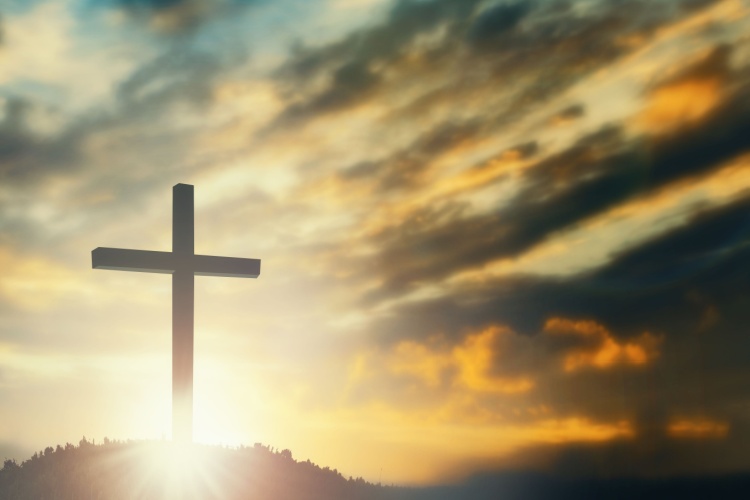
So how did the festival the Celts called Samhain evolve into Halloween, celebrated around the world today? The answer lies in the spread of Christianity in Europe.
In the 7th century, Pope Boniface IV initiated the tradition of celebrating All Saints’ Day on May 13th. Later, in the 9th century, Pope Gregory IV changed this date to November 1st. All Saints’ Day, which coincides with Samhain and its eve, All Hallows’ Eve on October 31st, gradually became intertwined with ancient Pagan rituals among the people and continued to be celebrated. Pagan traditions such as masks, fires and the commemoration of spirits were adapted into Christianity, gaining a new religious dimension. However, the mystical elements at their roots never disappeared.
The spread of Halloween outside of Europe occurred through historical migrations. As Europeans settled on new continents, traditions spread to different lands. It’s safe to say that Irish people who immigrated to the United States in the 19th century revived Halloween in America. Traditions such as collecting candy, carving pumpkins, and wearing costumes became increasingly popular. Thanks to American cinema, television and media culture in the 20th century, Halloween became a global phenomenon.
Trick or Treat? The Birth of the Trick or Treat Tradition
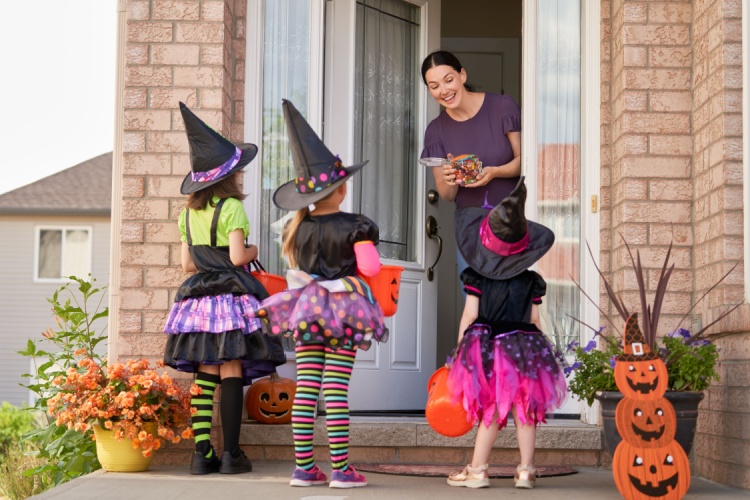
One of the most beloved Halloween traditions is undoubtedly the ritual of collecting candy. Children dressing up in scary or funny costumes and going door-to-door asking for candy is an essential part of Halloween today. The roots of this entertaining tradition also date back to Pagan culture.
During Samhain, the Celts would leave food around bonfires to honor the spirits of the dead. These treats were made to appease the spirits and ensure their departure from this world without bringing harm. The tradition of offering food evolved over time, taking a different form in Medieval Europe. In England and Ireland, a practice called “souling” involved the poor and children going from house to house, praying for the dead and receiving small buns called “soul cakes” in return. In later years, the costumed parade tradition, called “guisng,” emerged.
With the Irish emigrating to America in the 19th century, these traditions also spread to the New World. In the early 20th century, the phrase “Trick or Treat” came into use. If a treat wasn’t received from the host, small pranks or mischief (tricks) were performed. Over time, this tradition gained a commercial dimension and particularly with the rise of the sugar industry after World War II, it evolved into its current form.
You might also be interested in these articles:
• Eve Great Gatsby Concept Party at Pera Palace Hotel
• New Year’s Eve Traditions From Different Parts of the World
• Best Alfred Hitchcock Films
• Historical Places Where TV Series and Movies Were Filmed
• The Heart of Beyoğlu: Pera’s Interesting History
